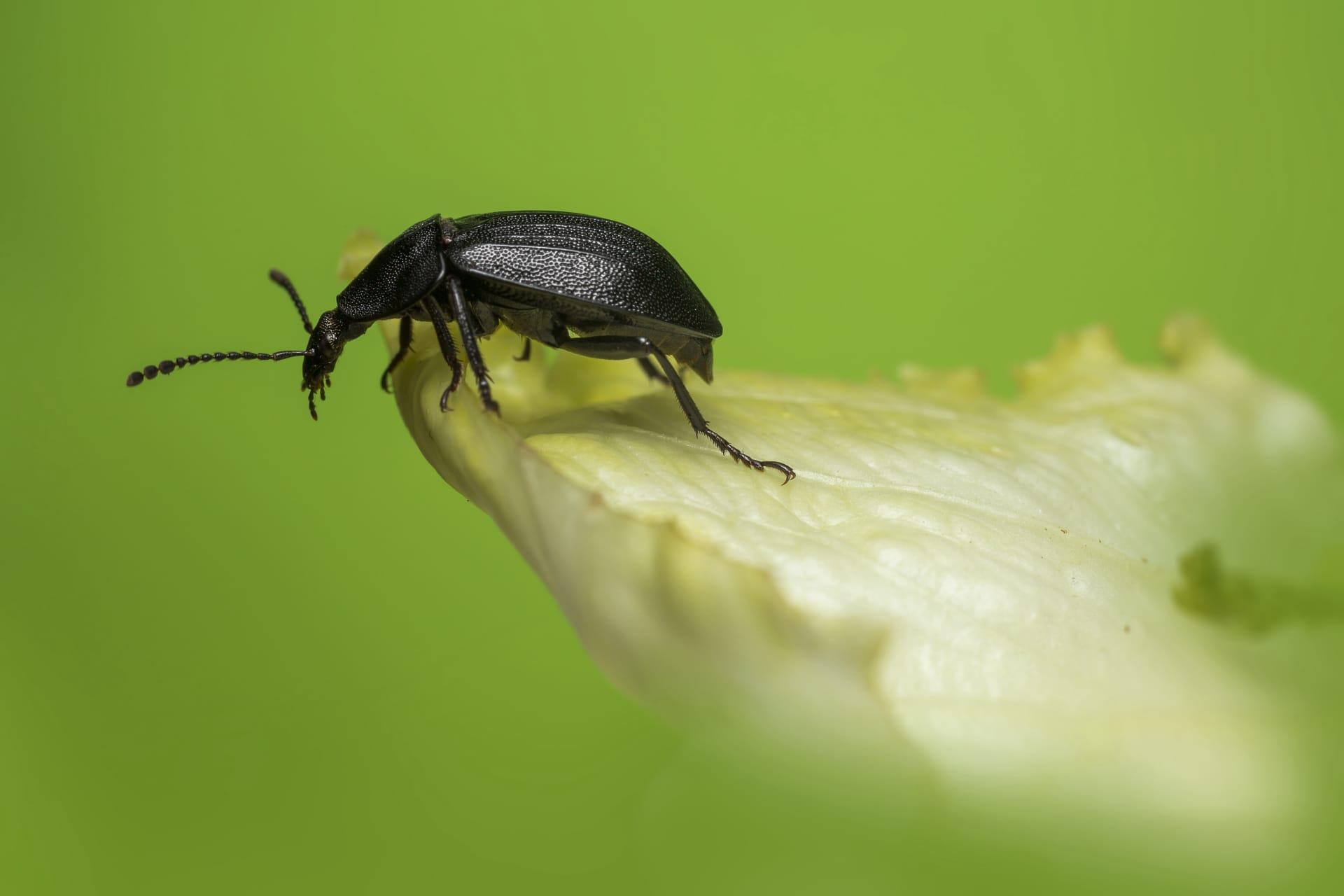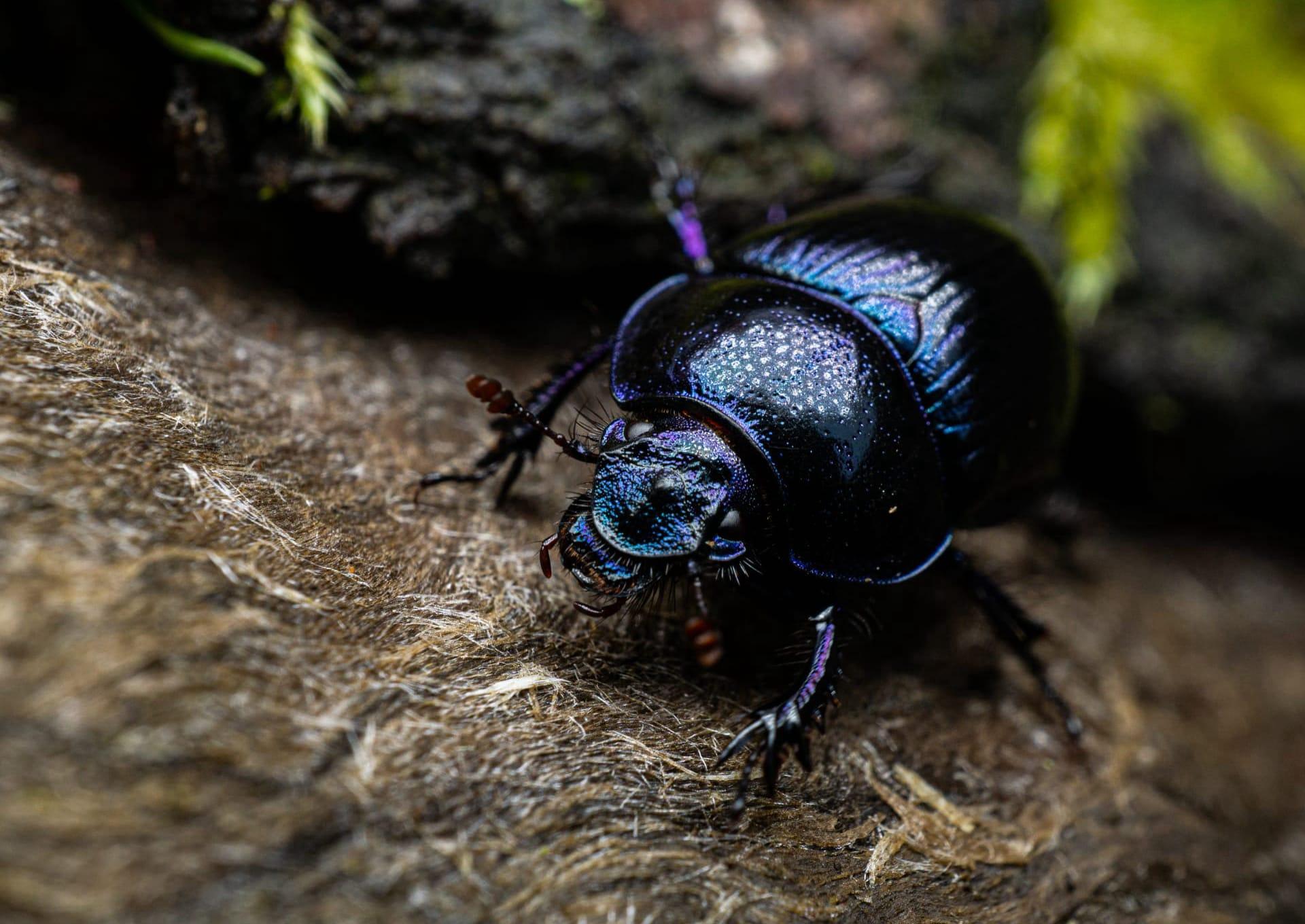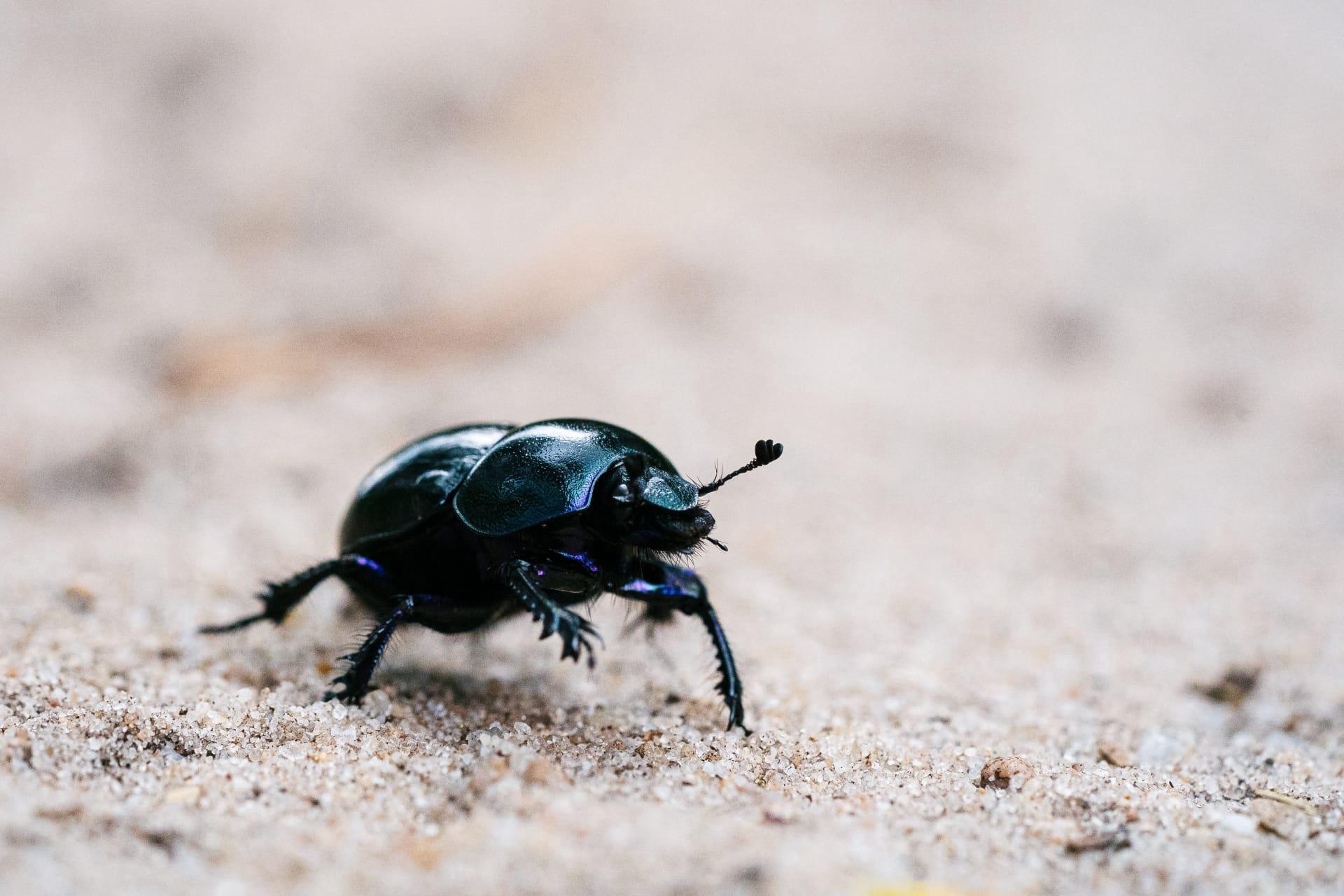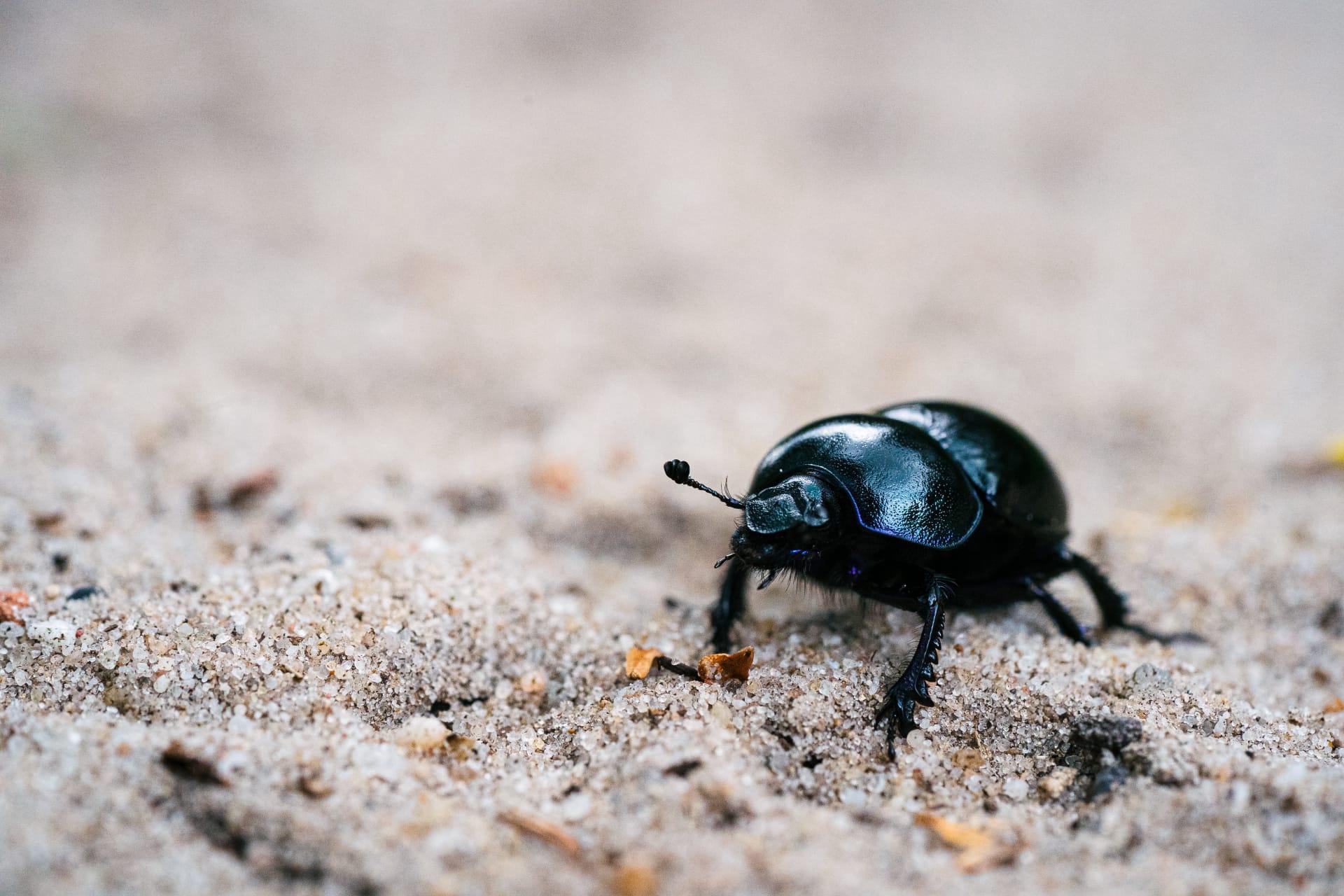1
Did you know that the black beetle, a common sight in gardens and backyards, has an exoskeleton so tough it can withstand pressures up to 39,000 times its body weight? That's like a human surviving the weight of 280 double-decker buses! This incredible strength is due to the unique structure of their exoskeleton, composed of multiple layers of protein and chitin, a fibrous substance. This armor not only protects them from predators but also aids in surviving harsh environmental conditions.
Another fascinating aspect of black beetles is their remarkable speed and agility. Despite their small size, typically ranging from 0.5 to 1.5 inches in length, these beetles can scurry at speeds up to 1.2 meters per second. That's equivalent to a human running at a blistering 20 miles per hour. Their legs are uniquely adapted for both speed and maneuverability, enabling them to quickly escape from threats and efficiently hunt for food.

2
Black beetles are also known for their unique communication methods. They use a process called 'stridulation,' where they rub their abdomen against their wings to produce sound. These sounds serve various purposes, from attracting mates to warding off predators. The frequency of these sounds can vary greatly, with some species able to produce noises audible to the human ear.
Moreover, black beetles play a crucial role in our ecosystem as decomposers. They feed on dead and decaying plant and animal matter, thus contributing significantly to nutrient recycling in soil. Some species can consume up to twice their body weight in decaying matter daily. This not only helps in cleaning up the environment but also enriches the soil, promoting plant growth.

3
Black beetles have a fascinating reproductive strategy. The female beetle lays her eggs in a carefully selected location, often buried in soil or hidden in plant matter, to provide a safe and nutrient-rich environment for the larvae. Once hatched, the larvae, known as 'grubs,' undergo several stages of development before reaching adulthood. This process can take anywhere from a few months to a couple of years, depending on the species and environmental conditions.
Another interesting trait of black beetles is their ability to adapt to various environments. While many species prefer moist and dark habitats like under logs or stones, others thrive in arid conditions. This adaptability is partly due to their exoskeleton, which helps in moisture retention, and their behavioral flexibility, allowing them to find food and shelter in diverse settings.

4
Some species of black beetles exhibit an unusual defense mechanism known as 'thanatosis,' where they play dead when threatened. By remaining motionless, they can often deceive predators into thinking they are not a viable meal. This act of playing dead can last from a few seconds to several minutes, depending on the level of threat perceived.
Black beetles are also known for their ability to navigate using the stars. Researchers have found that certain species can orient themselves using the Milky Way, a trait previously thought to be exclusive to more complex animals. This celestial navigation helps them move in straight lines across open terrain, which is crucial for finding food and mates.

5
Did you know that black beetles can change color based on their environment? Some species have the ability to alter their coloration to better blend in with their surroundings, an adaptation that helps them avoid predators. This change is not instantaneous but occurs over time as the beetle molts and grows new exoskeletons.
Black beetles have a remarkable resistance to toxins and can consume plants and fungi that are harmful to other animals. This resistance is due to specialized enzymes in their digestive system that break down harmful compounds. This ability not only provides them with a wide range of food sources but also plays a role in controlling the spread of certain plants and fungi, contributing to ecological balance.